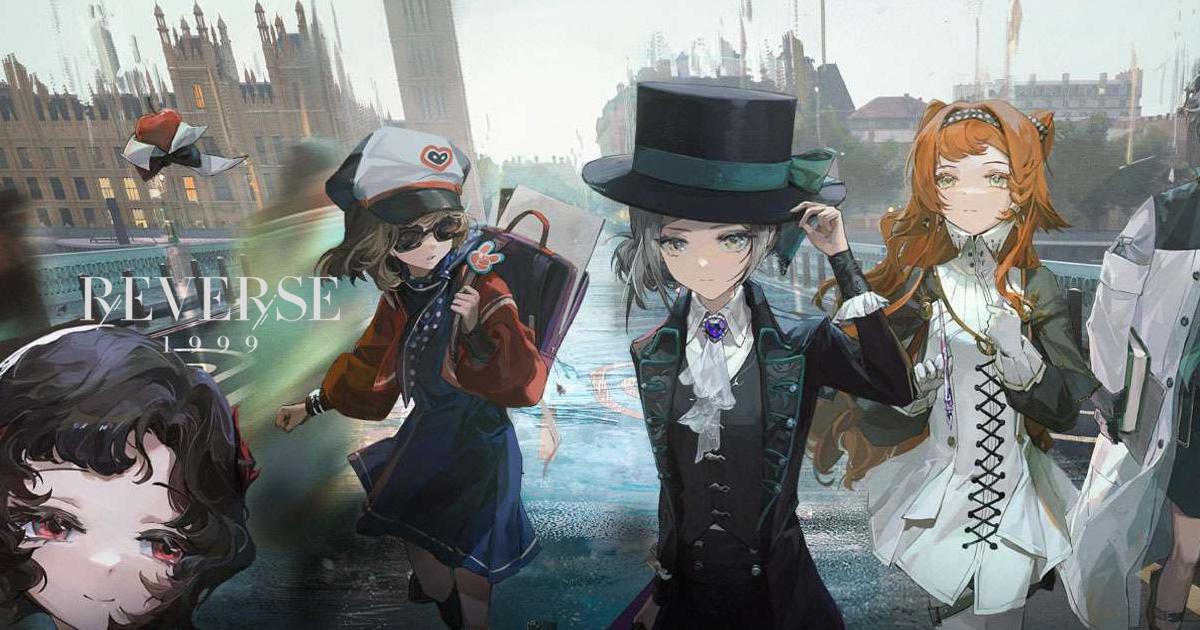Reverse: 1999 – A Thorough Guide to Team-Building

Reverse: 1999 is a unique blend of strategic turn-based RPGs mating with interactive story driven sub-genre of games. Players can experience a thematic storyline revolving around the mysterious time-turning Storms that occur at the end of every century, and sift away some people from their original timelines. Follow Vertin, a timekeeper, and unveil the mystery behind this phenomenon. Reverse: 1999 is available to be downloaded and installed as a free-to-play game on both the Google Play Store and iOS App Store.
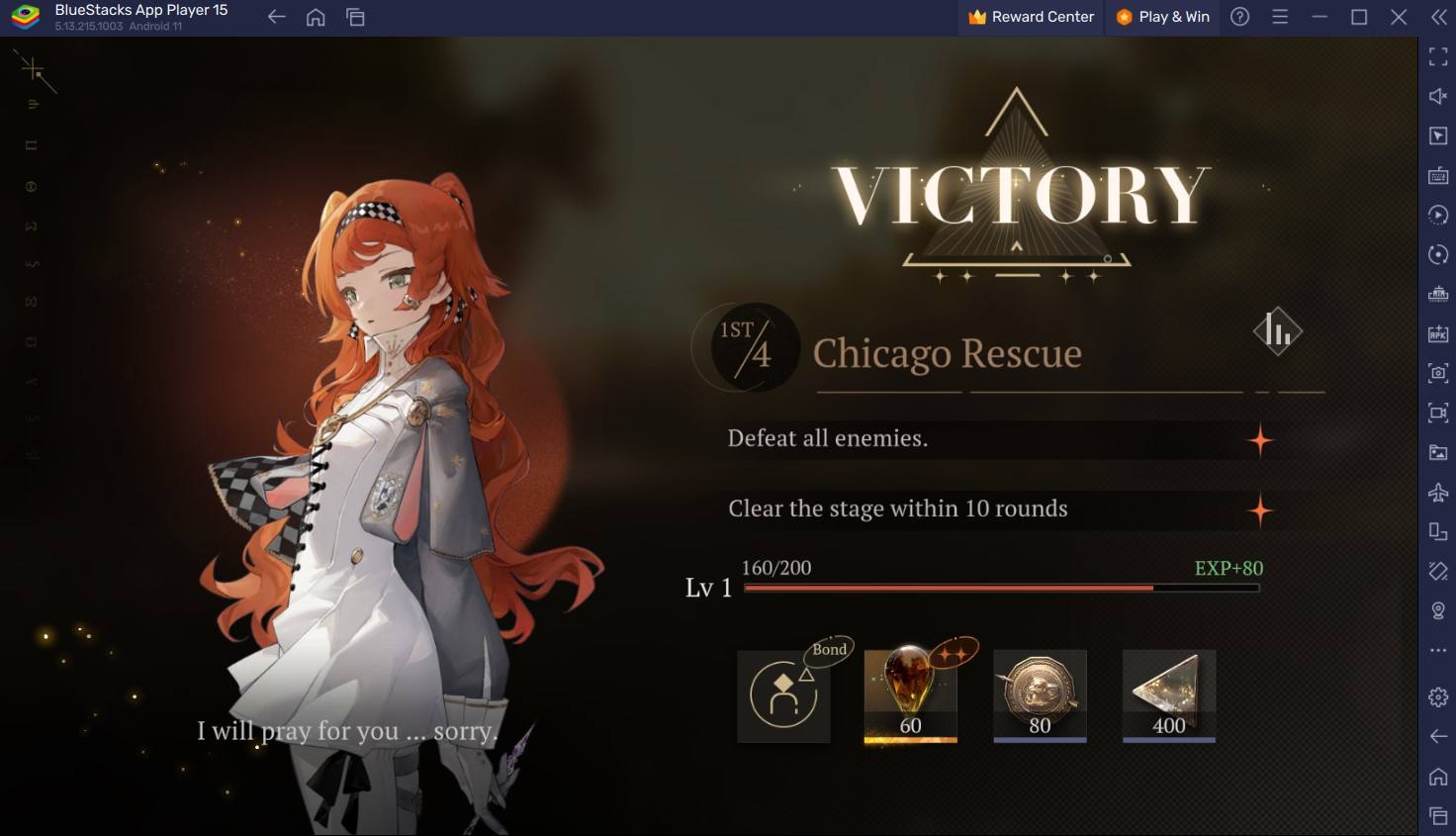
In this guide for Reverse: 1999, we will be explaining all the basics that are required for a new player to understand before making a new team for any content. Keep in mind that the game is still quite brand-new and there’s a lot to uncover behind the scenes as new strategies are introduced. Consider this guide as guidelines and advice, and not hard-core strict rules that must be followed in order to be successful. Experimentation is always welcomed, as long as it works.
Team Building Guide for Reverse: 1999
Team-building in Reverse: 1999 is more content specific rather than character specific. If you do not see your favourite characters in this guide or a specific use for it at the moment, do not worry as the simplest answer might be either they are of no use in any content or there are better options. We would advise checking out a complete tier list for the best characters in order to enhance your knowledge. Keep in mind, you can only take up to a maximum of 4 characters in a team, with 3 of them being the ones who are dropped into the battlefield.
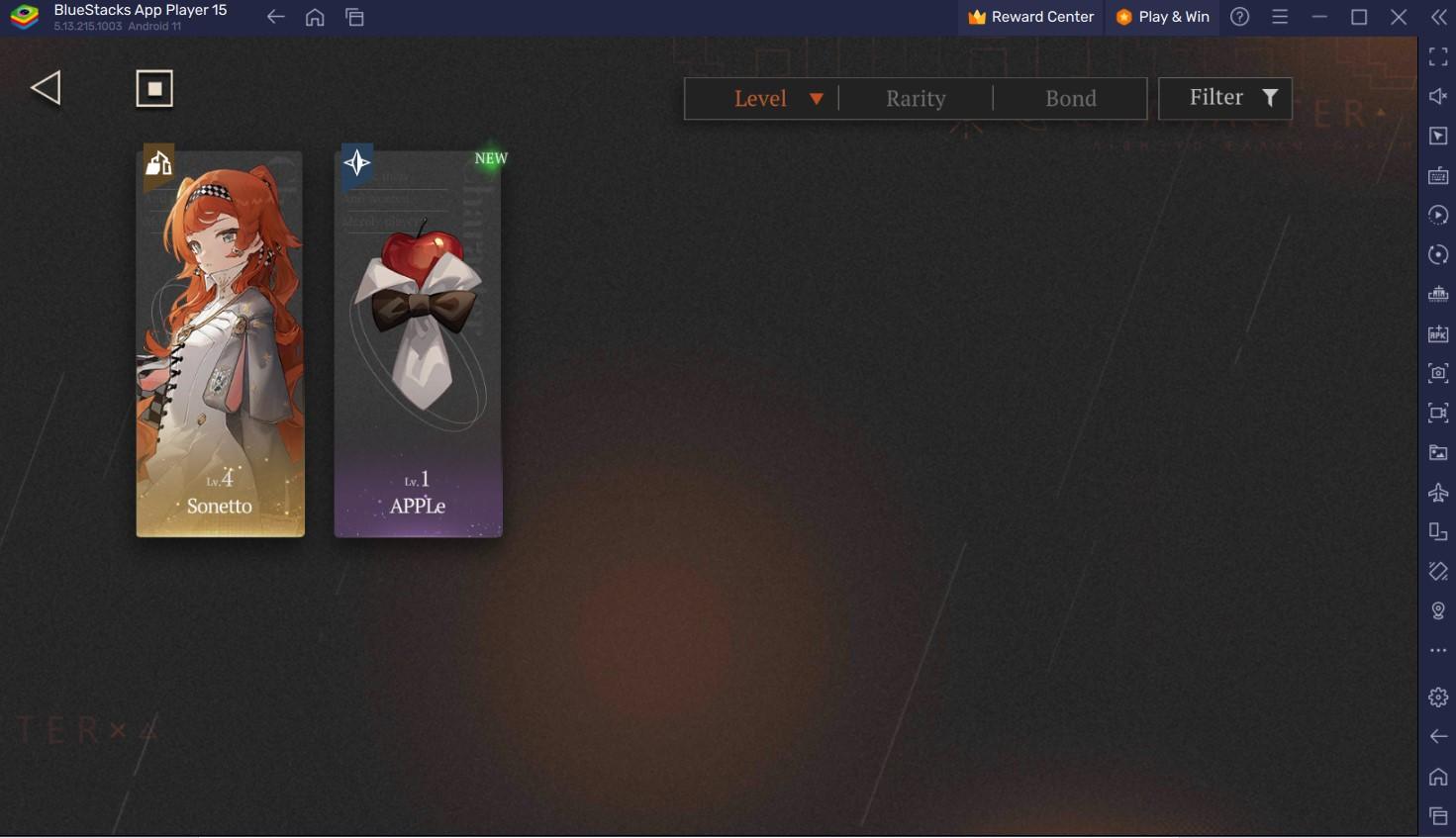
The 4th slot on the right most side of team formation screen is left for a Supporter that can synergize with the rest of the members and provide some additional effects. You can check our beginners guide to understand more about the combat mechanics of Reverse: 1999. In short, choosing the correct type of character for the content beforehand is what matters most in team-building. You would need to keep a lot of things in mind, such as the Afflatus of enemies, their base power requirement, and 3-star clear requirement of the stage. In dungeons, Afflatus advantage becomes a necessity so you get natural 30% damage increase and damage mitigation from enemies.
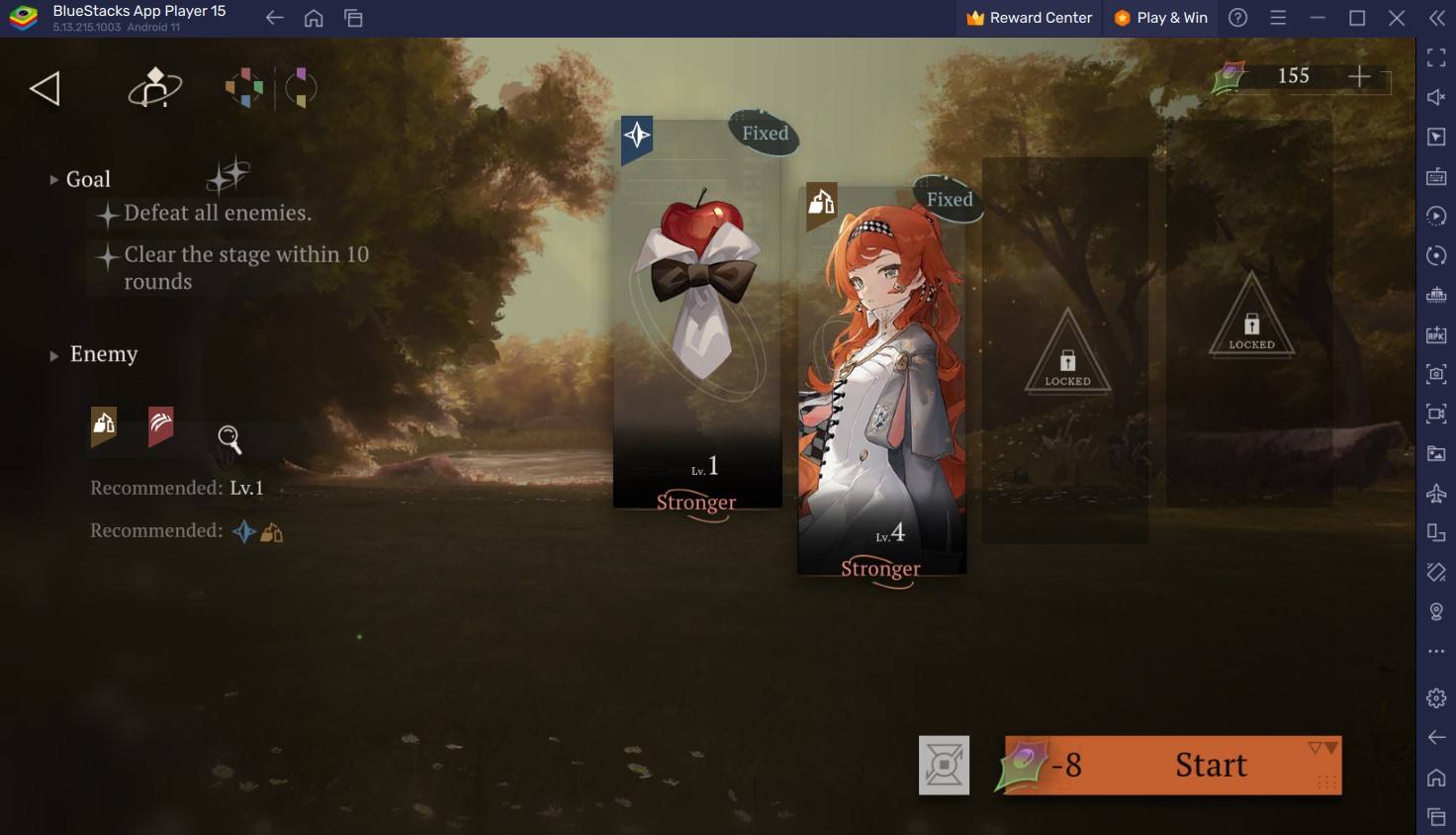
Coming to the choice of characters, we have segregated the characters into different roles. Here are the main components of any team:
- Damage Dealers – As the name itself might suggest, these characters are going to be purely damage stricken and offensive. They are going to be the bread and butter for your team when it comes to damage output. You should check the enemy’s reality and mental defense and bring the damage dealer accordingly. Also, check the afflatus of enemy and counter them with the correct afflatus damage dealer.
- Supporter – In this context, a supporter is someone who will accentuate the strengths of your primary damage dealer. They may even occasionally be a secondary damage dealer, but more often than not, they will also have some useful skills in their kit, such as crowd control, buffs, debuffs, or other special effects (like gaining more Moxie or removing Moxie from opponents).
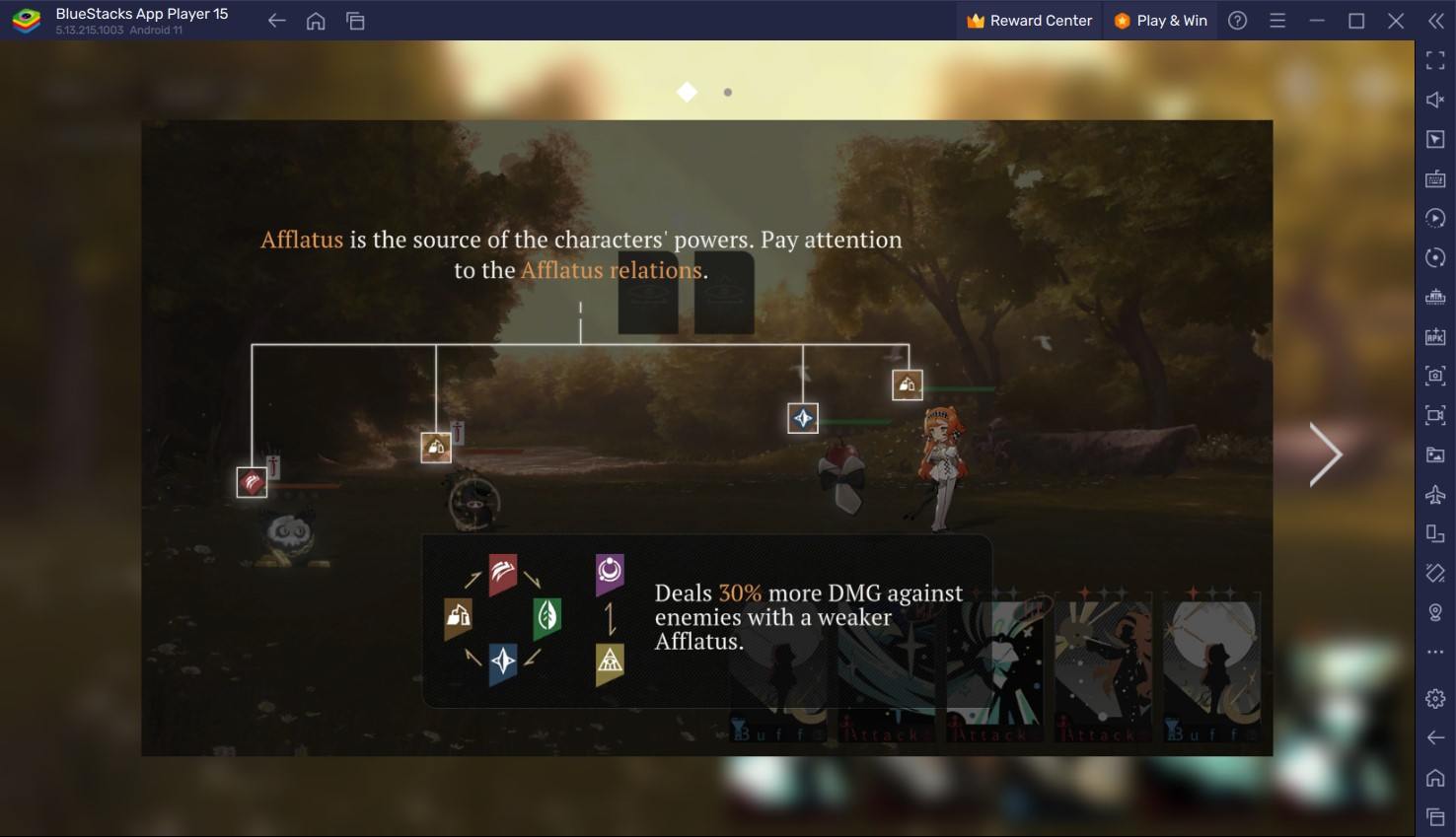
- Second Damage Dealer/Healer – This is more so a guideline for the tougher stages. In easy stages, you can bring a 2nd damage dealer to amplify your DPS output and smash through your enemies. Otherwise, if the stage is tough and you’re having difficulty in 3-star clearing it, feel free to take up a healer that can help you survive longer.
- 4th Slot Substitute – Since it is ideal for your characters to survive combat, the Substitute slot—or, in some stages, the fourth character—is not frequently used. This slot can be used to strengthen a character’s bond (for the extra clear drops or the lore) or it can be used to choose one of the other options that have already been recommended in the teams below. When choosing a character for your fourth slot or if you are missing one or more of the suggested characters from the pre-made teams, you can refer to that.
Good Team Examples in Reverse: 1999
Here are some of our personal team recommendations:
TEAM #1
- Centurion (Damage Dealer)
- An-an Lee (Support)
- Medicine Pocket (Sustain/Survivability)
- Voyager (4th Slot)
TEAM #2
- Regulus (Damage Dealer)
- Voyager (Support)
- Medicine Pocket (Sustain/Survivability)
- An-an Lee (4th Slot)
TEAM #3
- Lilya (Damage Dealer)
- An-an Lee (Support)
- Centurion (Secondary Damage Dealer)
- Voyager (4th Slot)
TEAM #4
- Lilya (Damage Dealer)
- Sonetta (Support)
- Tennant (Sustain/Survivability)
- Erick (4th Slot)
TEAM #5
- Regulus (Damage Dealer)
- Baby Blue (Support)
- Dikke (Sustain/Survivability)
- Erick (4th Slot)
Players can enjoy Reverse: 1999 even more on a bigger screen with your keyboard and mouse via BlueStacks!








